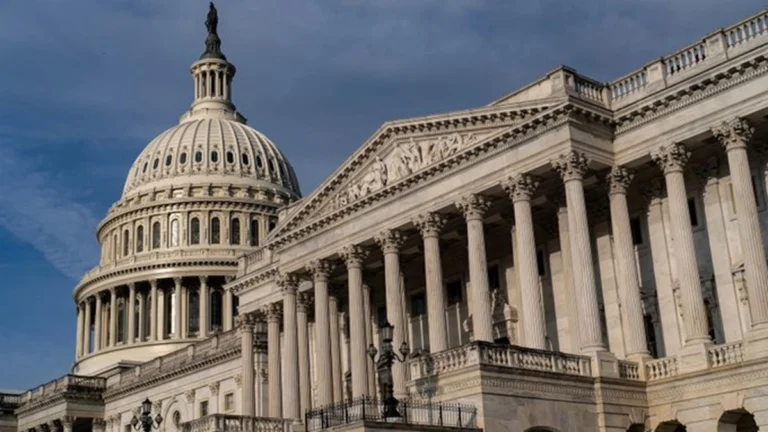U.S. Senate Passes Trump’s Fiscal Plan, Sending It Back to House for Final Approval

X/ @kbdelight
July 1, 2025 Hour: 1:20 pm
All Democrats and three independent senators opposed the bill, which would add US$3.3 trillion to the national debt.
On Tuesday, the U.S. Senate approved President Donald Trump’s fiscal and budget plan, sending it back to the House of Representatives for final review and a vote.
RELATED:
Musk Lashes Out at the U.S. Senate and Trump’s “Big, Beautiful Bill” on X
Vice President JD Vance broke a 50-50 tie to secure the bill’s passage by the narrowest possible margin (51-50), ending a marathon voting session that lasted more than 24 hours and exposed divisions within the Republican Party over the budget proposal.
Three of the 53 Republican senators rejected Trump’s “big and beautiful bill,” which seeks to extend budget cuts from his first term (2017-2021), impose stricter limits on public spending, and increase funding for defense and immigration enforcement.
All 45 Democrats and three independent senators also opposed the bill, which would add US$3.3 trillion to the national debt over 10 years, according to a new estimate from the Congressional Budget Office. That figure exceeds the US$2.4 trillion projected in the version passed by the House on May 22.
The increased deficit was the main obstacle for the proposal among the party’s most conservative wing—a sticking point that could also delay its final approval in the lower chamber.
The high cost of the legislation even put Trump at odds with his former ally, billionaire Elon Musk, who recently insisted that “every member of Congress who campaigned on reducing government spending and then immediately voted for the largest debt increase in history should be ashamed.”
Meanwhile, a group of more moderate Republican senators expressed concerns about the impact of cuts to Medicaid and the Supplemental Nutrition Assistance Program (SNAP) in their communities.
During the overnight session, which lasted until midday, senators cast 45 consecutive votes in the longest “vote-a-rama” in Senate history—a process in which lawmakers vote on amendments to the bill. The previous record was 44 votes, set in March 2008.
Throughout the process, legislators debated provisions in the bill, including the removal of a measure that would have prevented states from regulating artificial intelligence development.
The bill now returns to the narrowly Republican-controlled House, where lawmakers will review the changes and are expected to work against the clock to meet Trump’s July 4 deadline—Independence Day—for signing the legislation into law.
teleSUR/ JF
Source: EFE

